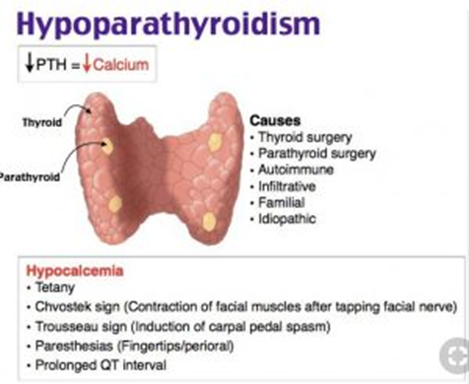A male client with type 1 diabetes mellitus with a hemoglobin A1c test result of 12.7%. In discussing the result with the client, the nurse would be most accurate in stating:
"The test needs to be repeated following a 12-hour fast."
"It tells us about your sugar control for the last 3 months."
"It looks like you aren't following the prescribed diabetic diet."
"Your insulin regimen needs to be altered significantly."
The Correct Answer is B
A. "The test needs to be repeated following a 12-hour fast."
This statement is not accurate. The hemoglobin A1c test does not require fasting. It reflects the average blood glucose levels over the past two to three months and is not affected by short-term changes in diet or fasting.
B. "It tells us about your sugar control for the last 3 months."
This statement is accurate. The hemoglobin A1c test provides information about the average blood glucose levels over the past two to three months. It's a valuable tool for assessing long-term glycemic control.
C. "It looks like you aren't following the prescribed diabetic diet."
The hemoglobin A1c test reflects overall glycemic control over several months and is not solely influenced by recent dietary habits. While diet plays a role in diabetes management, this statement oversimplifies the interpretation of the A1c result.
D. "Your insulin regimen needs to be altered significantly."
While a high A1c may indicate a need for adjustments in the treatment plan, the decision to alter the insulin regimen should be based on a comprehensive assessment of the patient's overall diabetes management, including lifestyle, diet, and other factors. It may not solely be determined by the A1c result.
Nursing Test Bank
Naxlex Comprehensive Predictor Exams
Related Questions
Correct Answer is C
Explanation
A. "The parathyroid has no effect on calcium levels in the body; this will just help prevent osteoporosis":
Explanation: This statement is incorrect. The parathyroid gland plays a crucial role in calcium homeostasis. Hypoparathyroidism, characterized by decreased parathyroid hormone (PTH) production, leads to low blood calcium levels, not high levels.
B. "The reason you have hypoparathyroidism is that you were diagnosed with hypothyroidism, and when the thyroid doesn't work, neither does the parathyroid, so you need these supplements."
Explanation: This statement is incorrect. The parathyroid and thyroid are separate glands with distinct functions. Hypoparathyroidism is not a result of hypothyroidism.
C. "A decrease in parathyroid hormone causes low calcium levels, so your body to break down bones to maintain normal calcium levels, and this will prevent that from happening."
Explanation: This is the correct statement. Hypoparathyroidism leads to a decrease in PTH, resulting in low blood calcium levels. Without sufficient PTH, the body may resort to breaking down bones to maintain calcium levels.
D. "An increase in parathyroid hormone causes your body to move calcium into the cells to reduce blood calcium levels, so you have to replace the levels in the blood."
Explanation: This statement is incorrect. An increase in parathyroid hormone (PTH) typically leads to increased blood calcium levels by promoting the release of calcium from bones and reducing calcium excretion by the kidneys. This describes hyperparathyroidism, not hypoparathyroidism.

Correct Answer is D
Explanation
A. "When I went to the restroom the last few days, my urine smelled odd."
Changes in the smell of urine can be associated with various conditions, including diabetes. However, it's not a specific symptom.
B. "I've always been a fan of sweet foods, but lately I'm turned off by them."
A change in taste preferences may not be directly related to diabetes. It's not a typical symptom.
C. "No matter how much sleep I get, it seems to take me hours to wake up."
Fatigue and difficulty waking up are general symptoms that can be caused by various factors, including diabetes. However, it's not specific to diabetes alone.
D. "Lately, I drink a lot, but I can't seem to quench my thirst."
Excessive thirst (polydipsia) and increased urination (polyuria) are classic symptoms of diabetes, suggesting elevated blood sugar levels.
Whether you are a student looking to ace your exams or a practicing nurse seeking to enhance your expertise , our nursing education contents will empower you with the confidence and competence to make a difference in the lives of patients and become a respected leader in the healthcare field.
Visit Naxlex, invest in your future and unlock endless possibilities with our unparalleled nursing education contents today
Report Wrong Answer on the Current Question
Do you disagree with the answer? If yes, what is your expected answer? Explain.
Kindly be descriptive with the issue you are facing.
